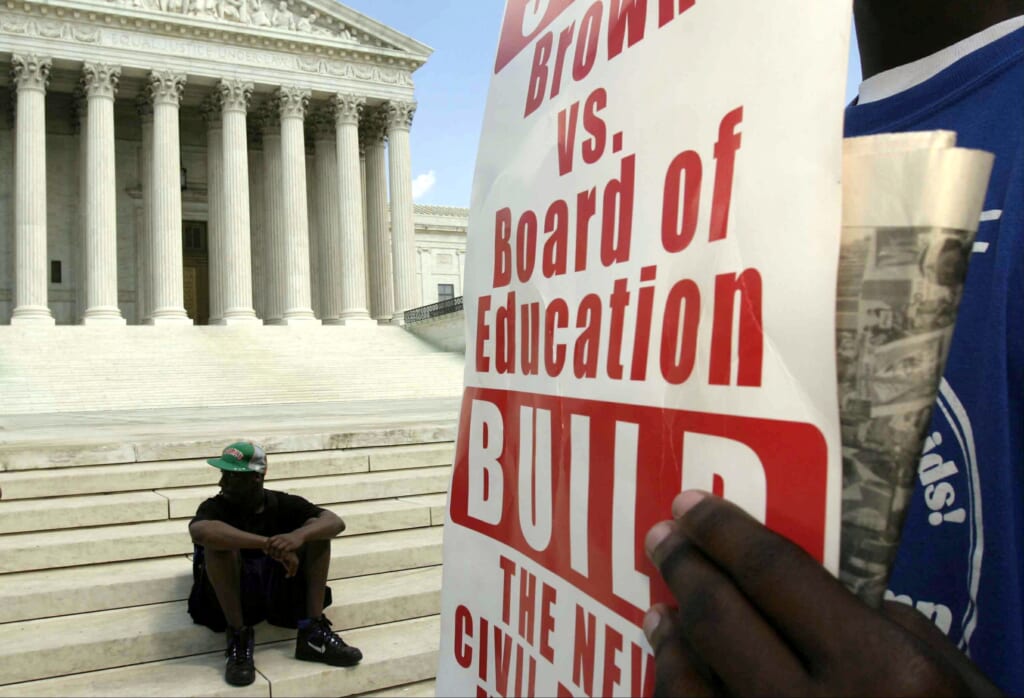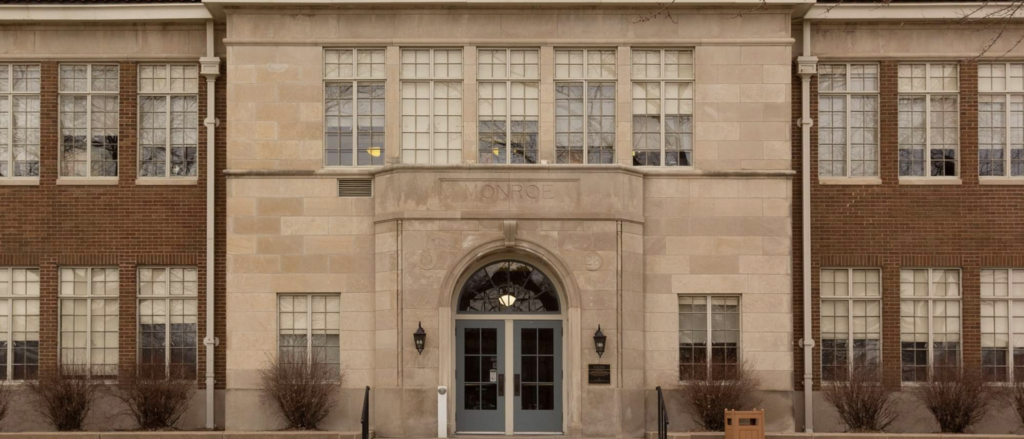Locations connected to Brown v. Board of Education added to National Park
President Joe Biden signed a law this week to add additional sites to the park commemorating the groundbreaking Supreme Court decision
The Brown v. Board of Education National Historical Park is expanding with the signature of President Joe Biden as of this week. The additional sites will now include schools associated with the five cases that led to the historic 1954 Supreme Court decision, according to the South Carolina Post and Courier.
The ruling in Brown v. Board of Education made school segregation unconstitutional. A statement from the National Park Service noted that the Brown v. Board of Education National Historical Park Expansion and Redesignation Act adds two school sites in South Carolina to the acquisition by the NPS and schools in Delaware, Virginia, and the District of Columbia.

“The expansion of Brown v. Board of Education National Historical Park to recognize sites in South Carolina, Delaware, Virginia, and Washington, D.C. helps us to more fully tell the story of the struggle to end school segregation,” said Secretary Deb Haaland. “The Supreme Court’s finding that racially segregated schools were unconstitutional was unquestionably a pivotal event in our nation’s civil rights struggle and we are honored to serve as stewards to part of that history.”
Brown v. Board of Education is often associated with the one case against Topeka, Kansas, but the cases were the culmination of several cases with more than 200 total plaintiffs in Delaware, D.C., Virginia, South Carolina, and Kansas.
“It is our solemn responsibility as caretakers of America’s national treasures to tell the whole, and sometimes difficult, story of our nation’s heritage for the benefit of present and future generations,” said National Park Service Director Chuck Sams. “Including these important sites will broaden public understanding of the events that led to the 1954 landmark U.S. Supreme Court decision in Brown et. al v. Board of Education.”

The National Park Service will seek to acquire the sites, many of which are no longer operational as schools today, and several are already designated historic sites. The locations will not be managed by the National Park Service but will be eligible for technical and financial assistance for their maintenance.
Per the press release, here are the schools and sites.
- Summerton High School (Summerton, SC). Built in 1936 and listed on the National Register of Historic Places, Summerton High School was an all-white school that refused to admit black students prompting the Briggs v. Elliott case.
- Scott’s Branch High School (Summerton, SC). The former “equalization school” was constructed for African American students in 1951 under the guise of providing facilities comparable to those for white students. Today, the former school is now the Community Resource Center owned by Clarendon School District 1.

- Robert Russa Moton School (Farmville, VA). The all-black school was the location of a student-led strike in 1951 that lead to Davis v. County School Board of Prince Edward County. The former school is a National Historic Landmark, and today serves as the Robert Russa Moton Museum, which is administered by the Moton Museum, Inc., and affiliated with Longwood University.
- Howard High School (Wilmington, DE), Claymont High School (Claymont, DE), and Hockessin Colored School #107 (Hockessin, DE)
- Howard High School, already a National Historic Landmark, was the first high school for African Americans in the state of Delaware and the school to which the plaintiffs in Belton v. Gebhart were forced to travel. Today, the school is known as Howard High School of Technology and is administered by the New Castle County Vocational-Technical School District.
- Claymont High School denied admission to the plaintiffs in the Belton v. Gebhart case. Today, the former school is a community center.
- Hockessin Colored School #107 was an all-Black school one of the plaintiffs in Belton v. Gebhart was required to attend without public transportation. It is now used as a community facility.
- John Philip Sousa Junior High School (Washington, D.C.). Built in 1950 in the Fort Dupont neighborhood, this was an all-white school where 12 African American students were denied admission, spurring the Bolling v. Sharpe case. Today, the school serves as a D.C. public middle school and was previously designated as a National Historic Landmark.
TheGrio is FREE on your TV via Apple TV, Amazon Fire, Roku and Android TV. Also, please download theGrio mobile apps today!

